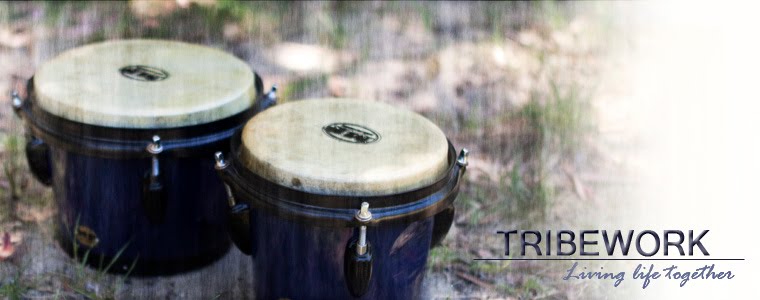Making good impressions is simply about maximising opportunities and limiting risk.
Making a good impression is important to the broader goal of changing minds—the business of everyone. Although it seems a little devious to say it, this is true. It is especially the duty of those charged with influence. How else do we teach or coach or mentor or facilitate?
The psychology of meeting people for the first time is incredibly alluring. We subconsciously struggle until we’ve “fitted” them into one of our previously designated classifications; a “box” if you like. This probably explains why we’ll experience nerves. Both parties (us and them) are doing the same thing!
The trouble with the first impression is once the person has found their way into a classification they’ve been placed in it’s difficult for them to get out of it. For us, we keep the other person in that classification unless they surprise us and genuinely force us to reconsider our first choice of where we placed them. For them, they’ll seek evidence in us that confirms their first impression of us. If this isn’t positive it’s up to us to shift (over time) their classification of us.
On meeting people...
“Deliberately sending signals that say ‘This is what I am’ [will help] them classify you in the way that you want. Also be careful about your own classification. People are complex and it is very easy to get this wrong.”[1]
What if we’ve (or they’ve) botched the first impression?
We daren’t give up when we’ve made a horrible first impression. We must always have faith that we can set the record straight—that our character will inevitably be the best indicator. Likewise, we should always be prepared to give people second chances to prove us initially wrong in our negative classification of them.
The key aspect underpinning the ‘classification process’ we all go through when meeting and relating with people is having sufficiently detailed—or number of—classifications to fit the amazingly huge array of different people we meet. The larger our repertoire the more success we’ll have in actually classifying people correctly and hence the better chance we’ll have of actually interacting with them the way they desire.
© 2010 S. J. Wickham.
[1] David Straker, Changing Minds – In Detail (

No comments:
Post a Comment
Note: Only a member of this blog may post a comment.